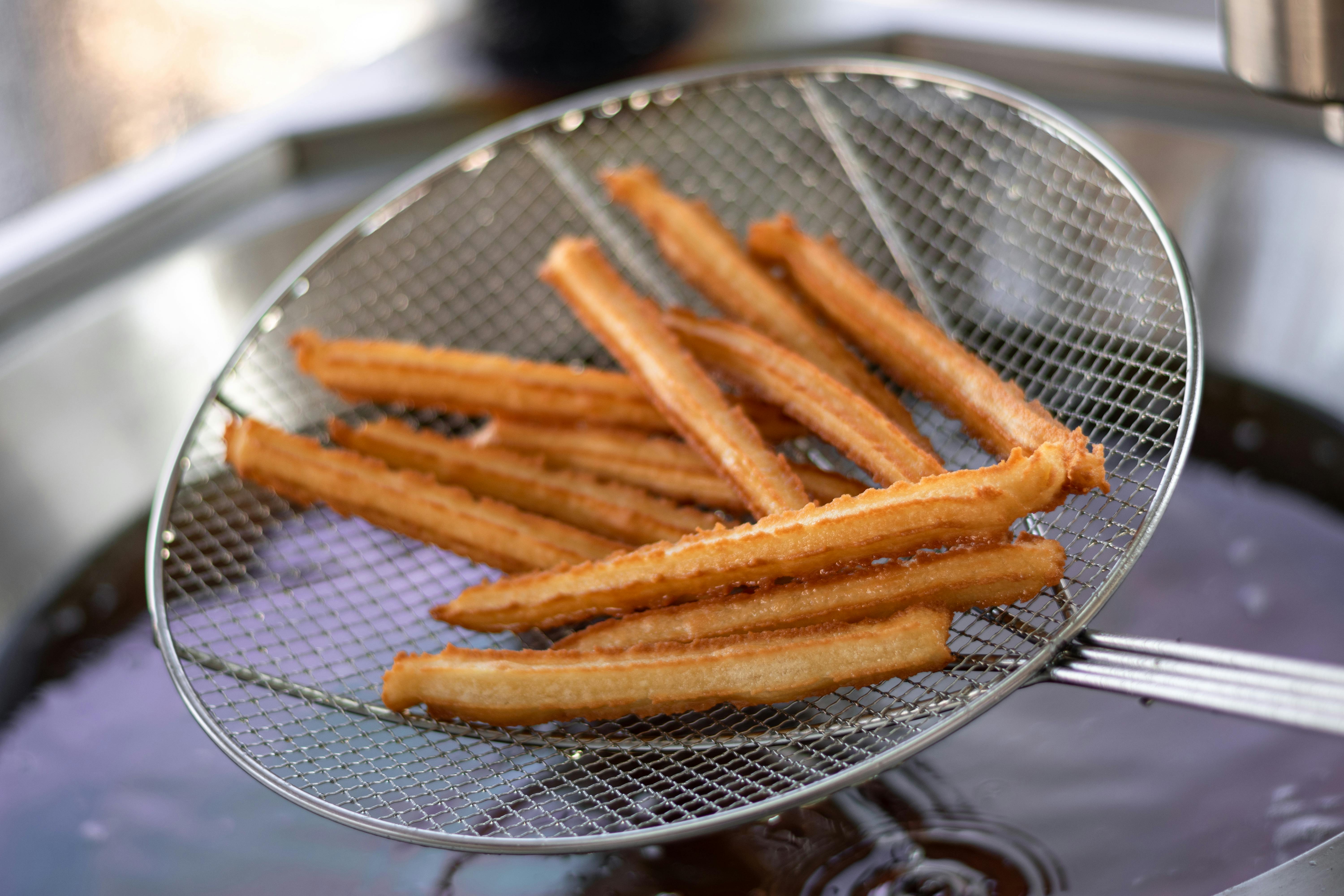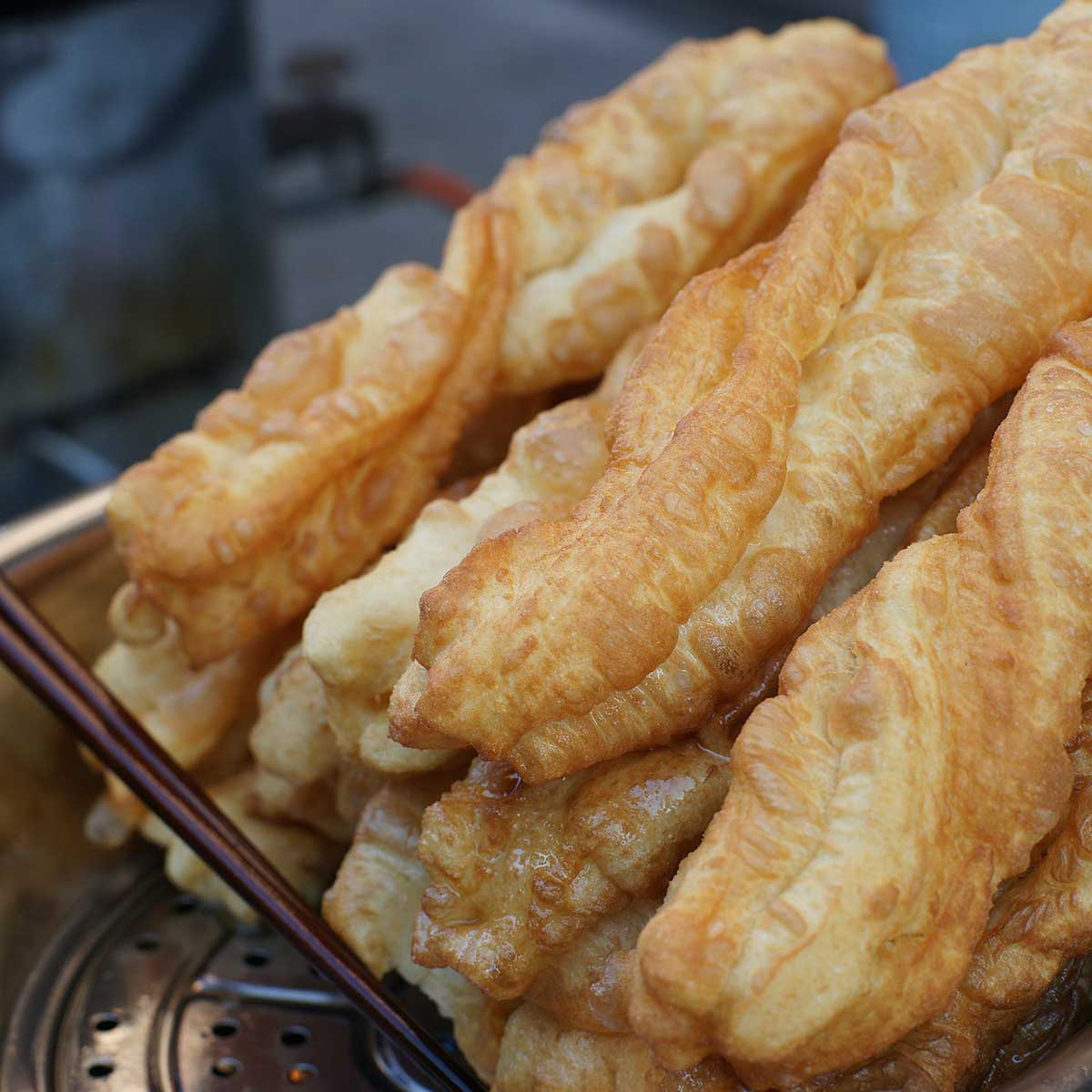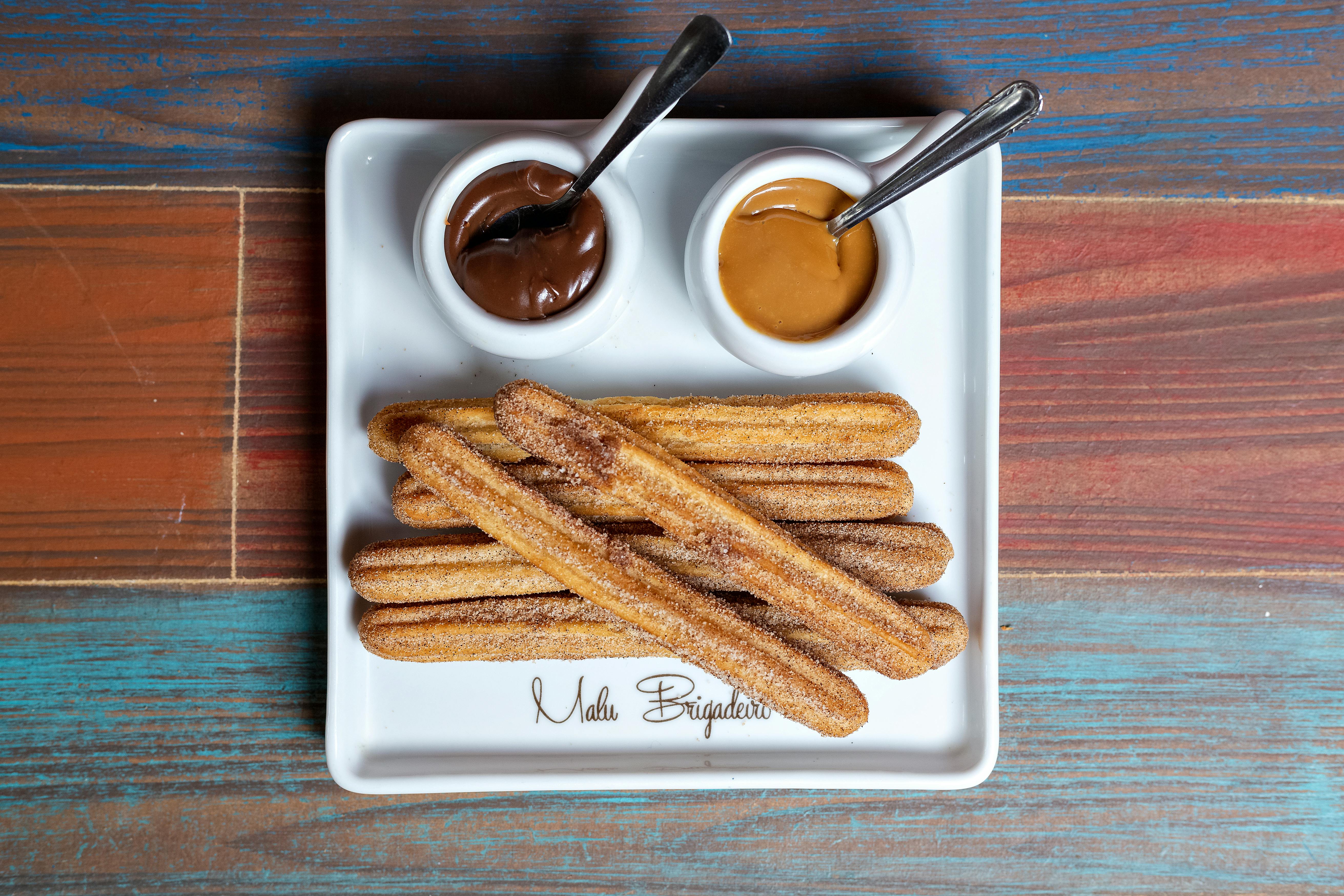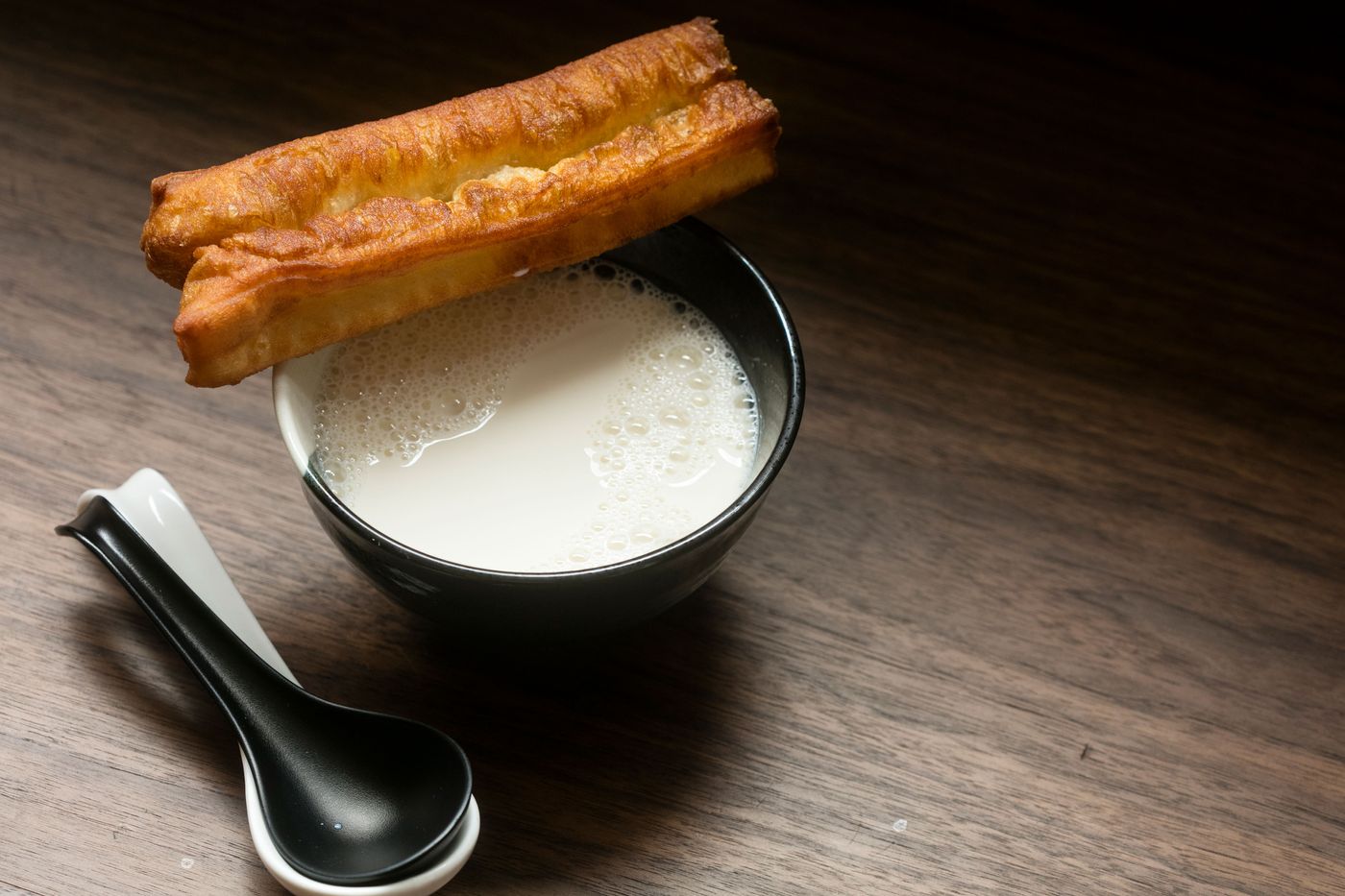Apparently, Churros Were Inspired By Yau Char Kwai?
It is believed that Portuguese settlers who visited China introduced their own version of this snack to Europe.
Different cultures often put their own unique spin on various foods — and this might be true of churros too
Some have suggested that the concept of churros originated from China's youtiao, also known as yau char kwai, which were introduced to Europe by Portuguese settlers during their visits to China in the 1500s.
Yau char kwai, or youtiao, is a fried dough pastry from China. This long, savoury, golden-brown, deep-fried strip of wheat flour that has since gained popularity in many countries in Southeast Asia.Meanwhile, in Spain and Portugal, there are churros, a similar long-shaped fried dough, except they are coated in cinnamon and sprinkled with sugar.
While there's no definitive evidence proving that churros originated in China, many hold the belief that they do
During the 1500s, Portuguese explorers travelled extensively, including to China. This is where they supposedly discovered youtiao. Instead of stretching the dough, the explorers pushed it into hot oil, creating what later became known as the churrera.
They also decided to tweak it slightly, turning it into a sweet snack instead of a savoury one.
Another theory suggests that churros originated in Spain, possibly invented by nomadic shepherds as a simple, long-lasting food item
Their name might even derive from the Churra sheep breed, whose horns resemble the shape of churros.
Some experts even point to recipes dating back to the 8th and 9th centuries, suggesting that churros might originate from Arabic culinary traditions.
Because fried dough exists in various forms all over the world, it's hard to pinpoint the exact origins of specific foods, such as churros.
Regardless of their origins, churros and youtiao have become beloved treats in many countries today
Cherished for their crispy exterior and soft interior, they are often enjoyed with a variety of dips or fillings.



